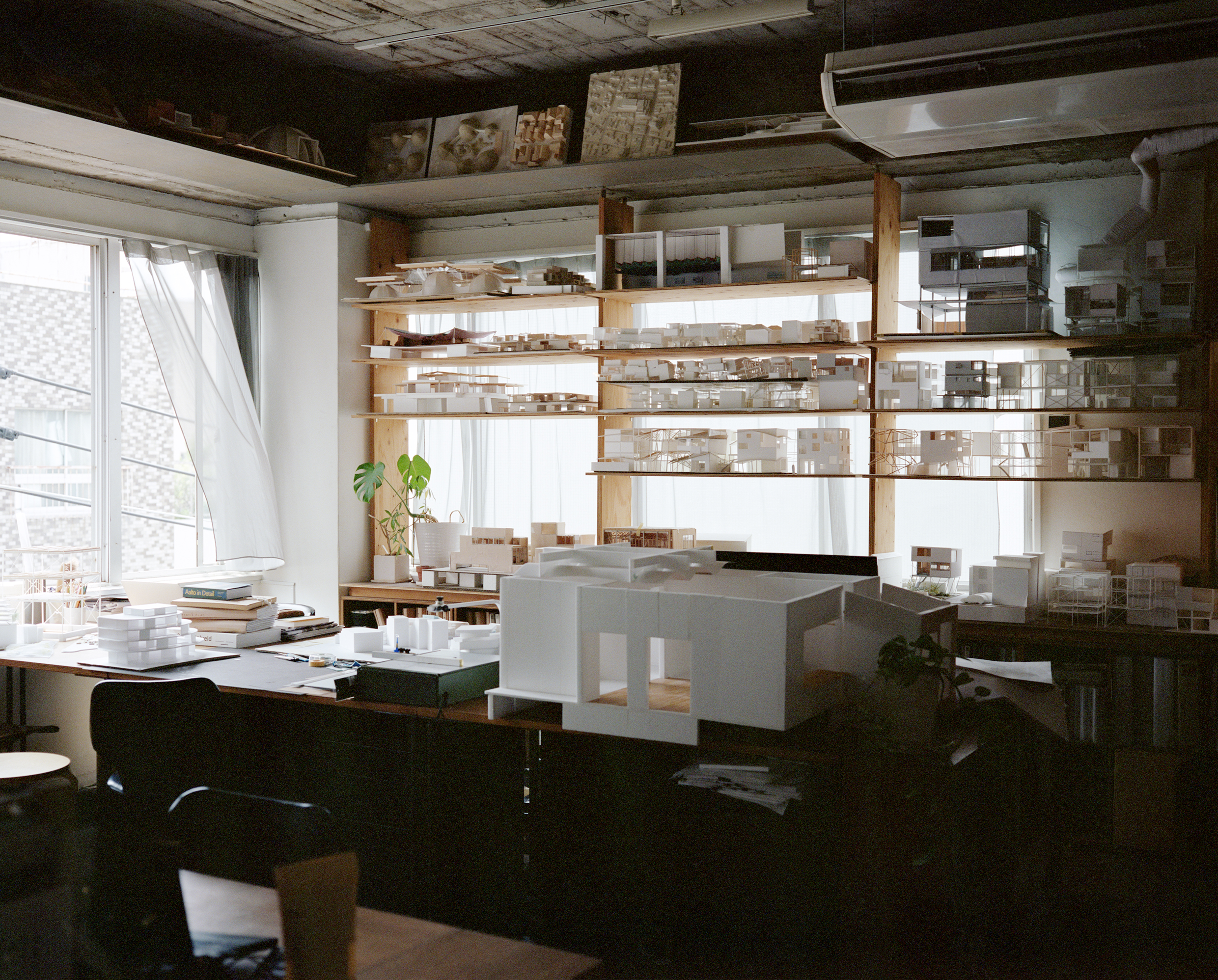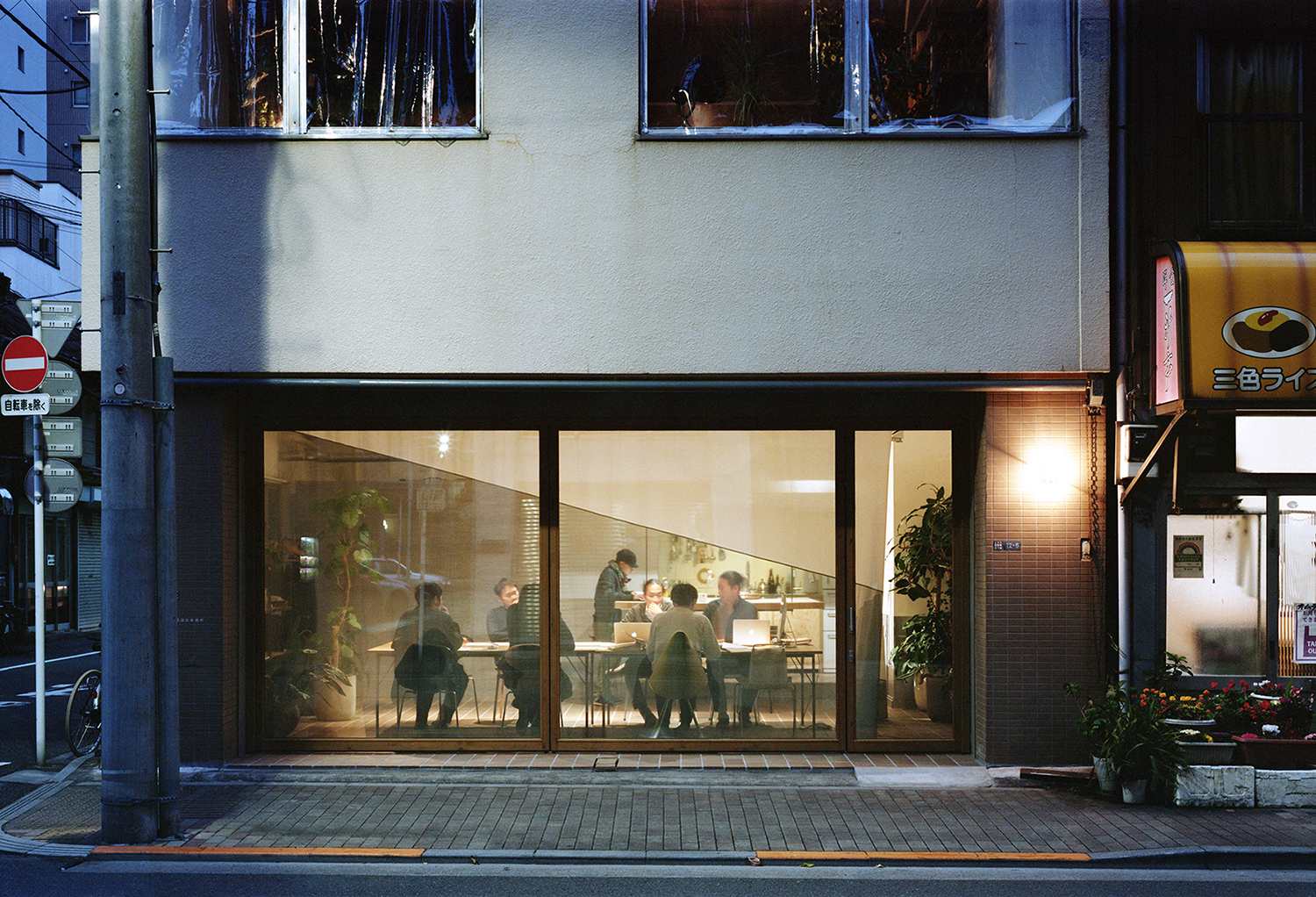

Photo by Yurika Kono
UNEMORI ARCHITECTS
First-class registered architect office TokyoTochiji No.62543
First-class architect No.348173
3-12-6, BASE, Asakusabashi, Taito-ku, Tokyo, 111-0053, Japan ( Google Map )
Tel +81-3-6261-3708
Fax +81-3-6261-3709
Mail office@unemori-archi.com
Business outline
1. Planning, Design, Management and Consultant of Architecture and Interior
2. Planning, Design, Management and Consultant of Furnitures
3. Investigation, Research, and Planning on Urban and Regional Studies
4. Planning and Management of Conference, Symposium, and Other Programs
5. Any Other Business Related to Above
株式会社 畝森泰行建築設計事務所
一級建築士事務所登録 東京都知事登録第62543号
一級建築士登録 第348173号
〒111-0053 東京都台東区浅草橋3-12-6 BASE ( Google Map)
Tel 03-6261-3708
Fax 03-6261-3709
Mail office@unemori-archi.com
事業内容
1. 建築・インテリアの企画、設計、監理及びコンサルタント業務
2. 家具・プロダクトの設計、監理、制作及びコンサルタント業務
3. 都市・地域に関する調査、企画、研究及び計画業務
4. 会議・シンポジウム・イベントの立案・企画及び実施業務
5. 前各項に付帯する一切の事業
